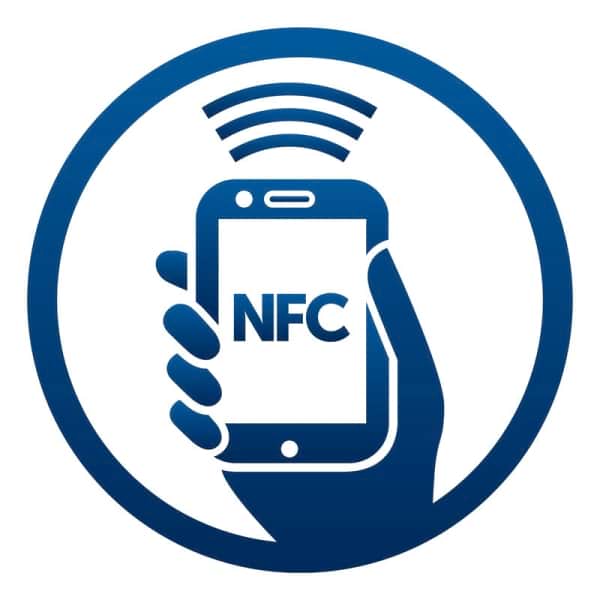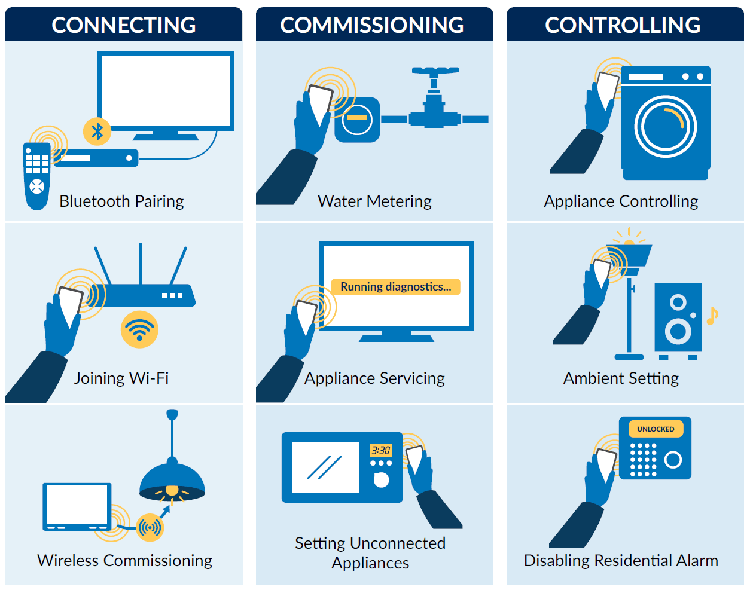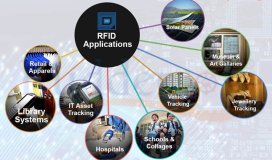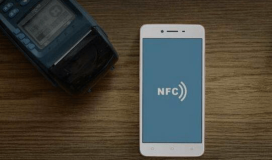The NFC Forum has released 21 new or modified specifications for the development of Near Field Communication (NFC) technology that are aimed at providing reliable standards for the rapidly evolving and growing NFC industry. The NFC Forum's 2017 Technical Specification comes as the number of NFC-enabled applications is growing in volume and diversity worldwide.
"The main motivation for the enhanced NFC Forum Technical Specification is the further increase of interoperability," says Paula Hunter, the NFC Forum's executive director. Three of the specs, she explains, are intended to make it easier for smaller NFC tags on products, such as smartwatches, to operate reliably with existing readers; create a standard for NFC tags that can be certified by the Forum's certification program; and enable mobile phone manufacturers to update the NFC chips in their devices without changing their existing software.
The NFC Forum updates its technical specifications annually in an effort to meet the changing needs of consumers, service providers and technology vendors. The tag specs are intended to define how tags are designed, in order to ensure a successful communication between NFC-enabled devices.

NFC Forum members participate in the writing and updating of specifications, Hunter says, and it is a strategized process that takes six months or more as they identify, develop and rationalize new specifications or changes. Members include NFC chip and device manufacturers, as well as payment companies, network operators and service providers. "We have a very well-rounded group contributing to these specifications," she states.
Several recent events have been accelerating and diversifying NFC technology deployments. Apple is releasing its iOS 11 version iPhone 7 that will, for the first time, enable open NFC technology use beyond Apple Pay. At the same time, smart watches and other wearable devices are increasingly being made with NFC chips built into them. And a growing number of Internet of Things (IoT) solutions are deploying NFC-based data.
Apple's opening of its NFC technology use alone has boosted the development of NFC apps. In October 2017, Hunter noted, in an NFC Forum blog posting, that the number of NFC apps in the Apple App Store had doubled from 26 to 54 during a single month. Android, she adds, has more than 250 NFC-based apps that users can download. There are 21 new or modified specifications, but Hunter cites three that may have significant impact on the NFC market and its users.

The Analog Specification modification is designed to ensure that existing NFC readers, such as those built into phones and tablets, will be able to read new NFC tags, while readers will also be able to interrogate legacy NFC tags and cards. The specification includes the field-strength requirements for the RF field, the signal definition for transferring data from one device to the other, and sensitivity requirements to receive data from a remote NFC device.
The modification aims to enable technology to keep up with future hardware changes. For instance, some transit companies are transitioning their NFC-based payment systems to enable payments via smartphones. In that case, instead of buying a ticket with an NFC tag built into it, passengers could buy a digital version of a transit pass and store that data on their phone. Then, they could simply tap their phone against the NFC reader—potentially the same reader that is also scanning paper tickets or cards.
The specification is important as NFC devices become smaller, the NFC Forum reports, with smaller antennas in some cases, such as when smart watches or other wearable devices come with built-in NFC readers. With the specification, technology vendors will be able to provide assurances to customers that their devices will be readable, and that they will read NFC transmissions whether they are the larger, standard-sized versions or very small.
More info visit rfidjournal.com



